Device to clean-up Great Pacific Garbage Patch could harm wildlife, warn conservationists
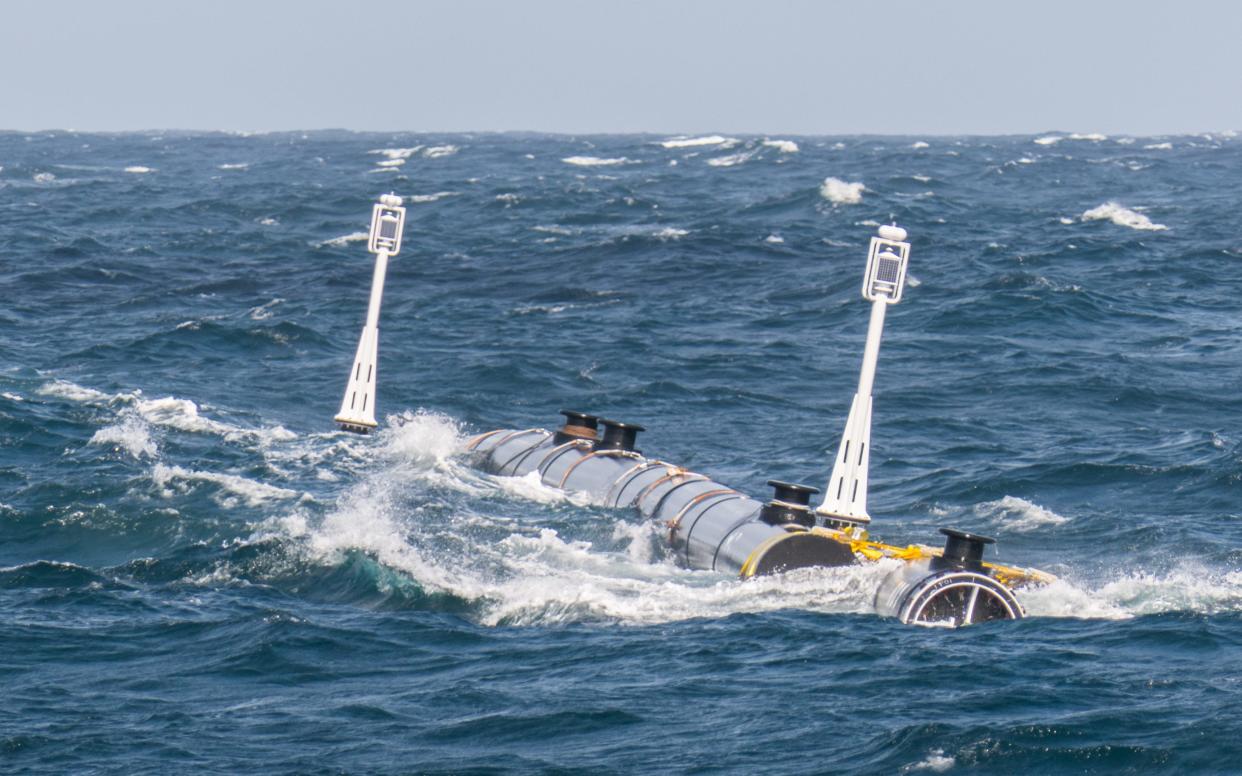
A controversial scheme to clean up plastic in the Pacific Ocean could harm wildlife and release unnecessary greenhouse gases into the air, conservationists have warned.
On September 9th, The Ocean Cleanup foundation will launch a device to sweep up plastic in the Great Pacific Garbage Patch and remove it from the water.
The system uses a 2000ft long u-shaped floating cylinder with a 10ft skirt beneath which moves along with the current capturing plastic as it goes. The refuse is corralled into a small area and then picked up by boat every few months and taken to land for processing and recycling.
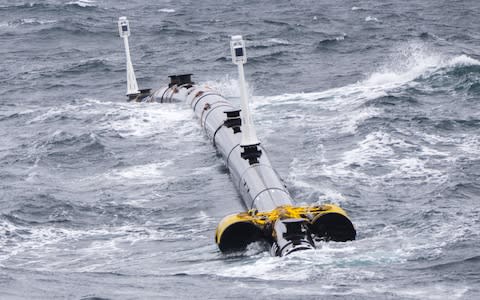
The Ocean Cleanup claims that full-scale deployment of their system could clean up 50 per cent of the Great Pacific Garbage Patch in just 5 years.
However marine experts claim the project could do more harm than good.
Dr Sue Kinsey, Senior Pollution Policy Officer at the Marine Conservation Society (MCS) said: “We have serious concerns about the Ocean Cleanup and its effectiveness.
“It seems likely that wildlife will be affected, especially the smaller floating plankton that many creatures depend on and those organisms that passively float in the oceans who won't be able to avoid these arrays.
“Also much of this litter is distributed throughout the water column and this may only pick up the surface material.”
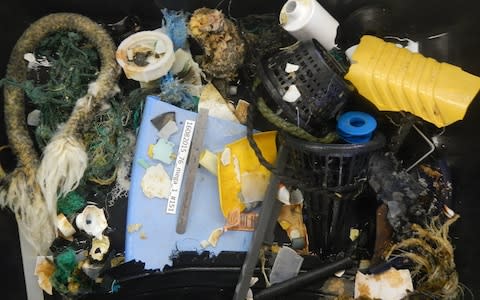
The MCS also warned that the time and energy it takes to collect and return the waste could result in large amounts of greenhouse gases and carbon, and called for organisations to do more to stop litter entering oceans in the first place.
The Great Pacific Garbage Patch, which is located between California and Hawaii is the area where plastic rubbish accumulates because of ocean currents, known as gyres which act like a vortex pulling waste into a central channel. It is around three times the size of Spain.
Research by the foundation found that, at its peak, the patch contains around 330lbs of plastic per square mile, reducing to 33lbs at the outer edges.
The project to clean up the patch is the brainchild of Boyan Slat, a 24 year old Dutch inventor and entrepreneur, who founded the foundation in 2013.
Last month the company published its Environmental Impact Assessment and found there was a ‘medium’ risk to sea turtles who found themselves trapped within the floating tube system.
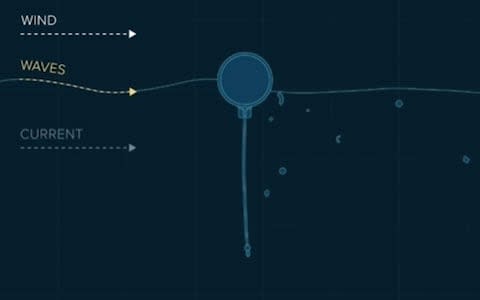
A survey of 15 experts by the ecologist and shark researcher David Shiffman of Simon Fraser University in Vancouver also found that it is unlikely that the floating device will clean up a significant amount of plastic without harming wildlife.
One in four believed that the entire concept is “a bad idea with little or no redeeming value.”
Writing on the website Southern Fried Science Dr Shiffman said: “This device is designed to aggregate objects of a certain size to remove them from the water but cannot distinguish between plastic and living things.
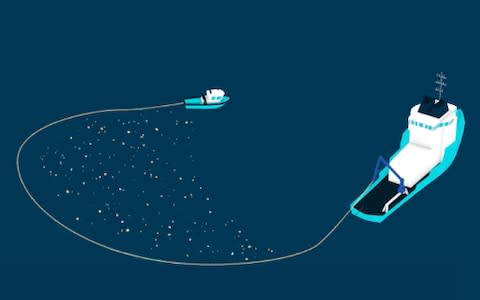
Commenting in the survey Eben Schwartz, Marine Debris Program Manager, California Coastal Commission, said: “To make the claim, as the Ocean Cleanup Project is, that they will “clean the oceans” by 2040 or whenever, is disingenuous and misleading, when it will, at best, clean a very small percentage of what’s found on the surface.”
However The Ocean Cleanup said that the device moved slowly enough through the water that any animals would easily have time to escape.
“Every year, millions of tons of plastic enter the ocean,” said a spokesman.
“The Ocean Cleanup is developing a passive system, that moves with the currents - just like the plastic - to catch it.
“”The Ocean Cleanup's passive system is comprised of a floater with an impermeable screen underneath, concentrating the debris before it is extracted by support vessel, while also moving slow enough for sea life to follow the slight downward current as not to be entangled in the system.”
However campaigners A Plastic Planet warned that huge amounts of plastic sinks to the bottom of the ocean and will be missed by the device.
Sian Sutherland, A Plastic Planet co-founder, said: "Boyan Slat and The Ocean Cleanup team are aiming to do something for all of us - clean up the mess we have made of our pristine oceans.
“Of course it won't be easy and there will be huge learnings along the way. PET bottles sink to the bottom of the ocean as they don't float. Plastic nano-fibres are almost invisible and will be found six miles deep so the herculean task of reaching these is nigh on impossible.”

